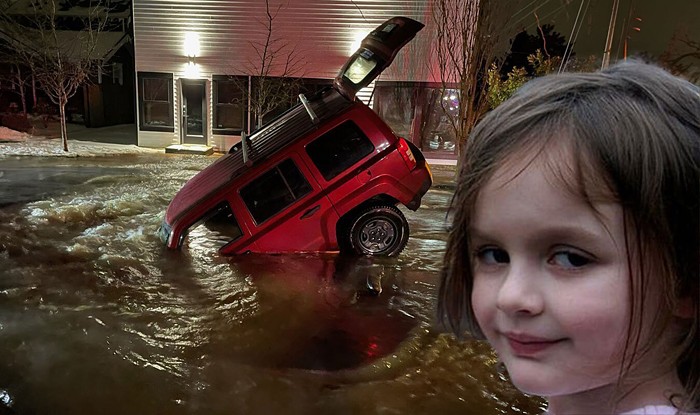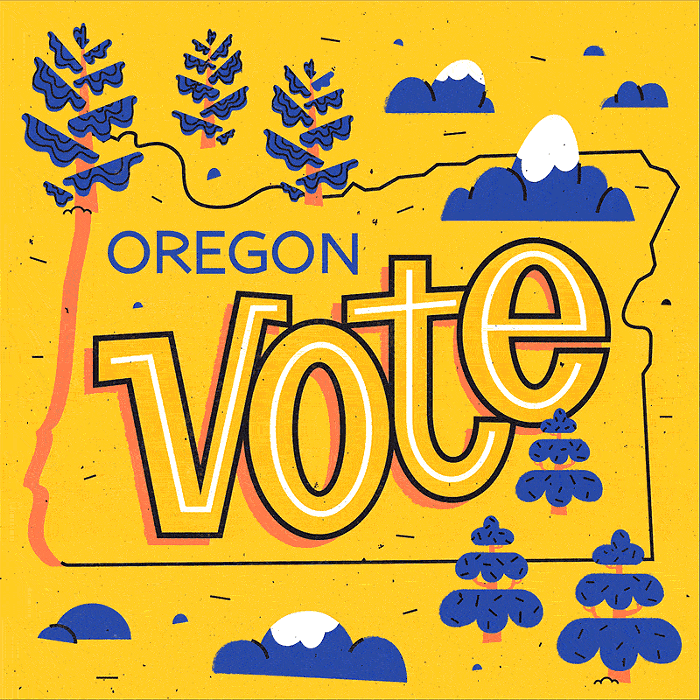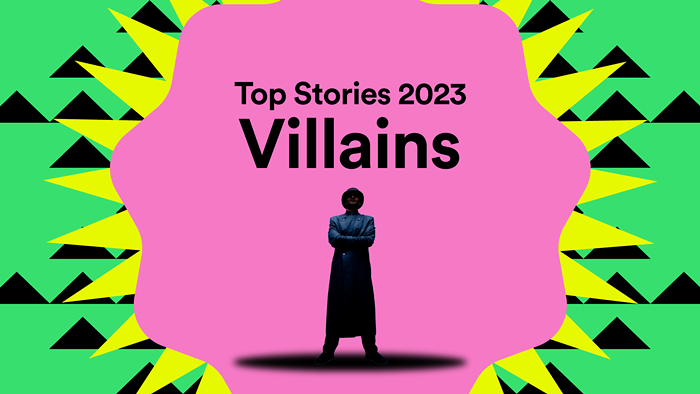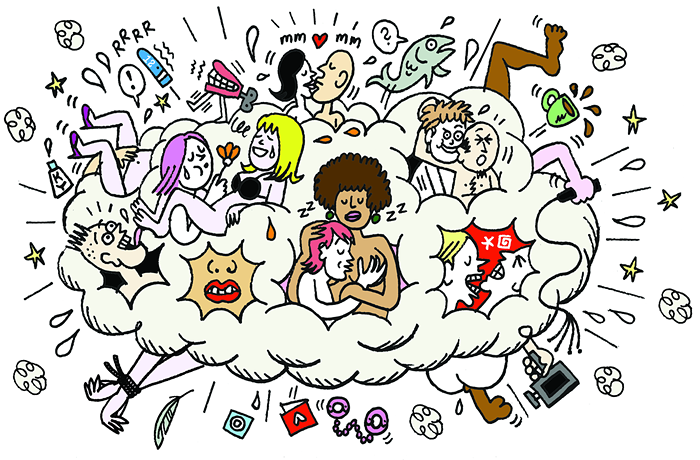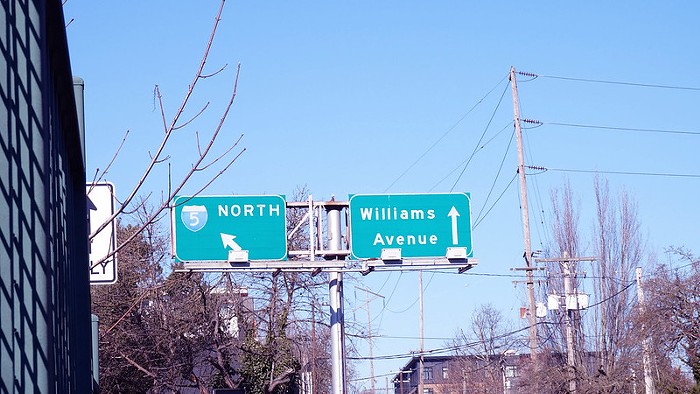
Rakeem Cunningham is an artist with a loud voice and a soft gaze. His minimalist portraits are intensely intimate, with oozing skin under hot lights while a pair of doe eyes and green lips peer between daisy petals and color swatches. Some of the faces he’s photographed belong to fashion models; others are his close friends. But often he photographs himself in raw and complex studies. Last summer, his exhibit at PSU, White Artists Don’t Have to Make Work About Racial Identity, provided much-needed criticism of how dated and exhausting it can be when non-white artists are questioned as people of color in mainstream media instead of just being treated as artists (listen here). As one of four co-hosts of the weekly Podcast of Color, Rakeem is also a profanely funny entertainer, covering topics from “ASMR voguing” to “Gimmie that KOC: Kink of Color.”
Which is more fun: recording podcasts or taking photos? What do you get out of photography that you can’t do with podcasting? Or vice versa?
Photography and my art will always be my first love, and I introduce myself as an artist. It’s interesting, though, in that both mediums are permanent and online for consumption. Once I put a photo or a podcast episode into the world, it’s there. Photography affords me not only the opportunity to share my stories, but those of others as well. It’s a lot more of an intimate and private connection. Podcasting is fun and silly, and at first, I actually was very hesitant to share parts of myself that way. Podcasting also offers you the ability to be nuanced in a way that might come off as contrived or not represented as well in art. I always say, “View my art first and listen to the podcast as a supplement,” to see the way I think and why I produce the work I do.

You’ve played with a lot of mediums in your photography while keeping a clean, vibrant aesthetic. How do you decide what props and clothing to work with?
For me, it’s intuitive. I love props and colors, and part of that is seeing how my skin tone interacts, feels, and looks in these different environments. I’m inspired a lot by Tim Walker and his set design as well. I try to pick items that honestly jump out at me depending on what mood I’m in. It’s rare that I know exactly what I want to do when going prop shopping or looking for an outfit. Usually, the only requirement is that it have some kind of bold color.
< hr>What are some of your favorite projects you’ve worked on so far?
In terms of photo projects, last year I worked with the LGBT Center to produce the Trans Professionals Campaign, which was a traveling exhibition aimed at employers to hire more trans employees in the workplace. I would also say shooting Skai Jackson, Barry Jenkins, and Margaret Avery from The Color Purple. Anytime I get to work with Black celebrities or talent, I’m happy.
In terms of podcasting, I think my favorite episode was our fourth episode, entitled “Serving AnxieTEA,” because it was the first time I talked about having anxiety issues in a public setting. I was overwhelmed with the amount of people that messaged me saying they related to our struggles.
What do you want to change in the editorial fashion world?
I want to absolutely see more actual plus-size models and more models from all facets of the gender spectrum. I think that editorial fashion turned me off for a while because of how exclusionary it is. I’ve yet to see a high-fashion magazine and see someone that looks like me being taken seriously. For women, I feel like when you have plus-size celebrities and models that are “sexy” or in high-fashion clothing, the images are taken in this voyeuristic way that I feel dehumanizes them. It’s kind of like “Oh, see these people trying to be sexy,” instead of reaffirming that being plus-size is sexy. I also want to see more models of color. Fenty Beauty’s launch really proved how so many people want and need diversity, and I hope the industry sees that.
www | Instagram | SoundCloud
